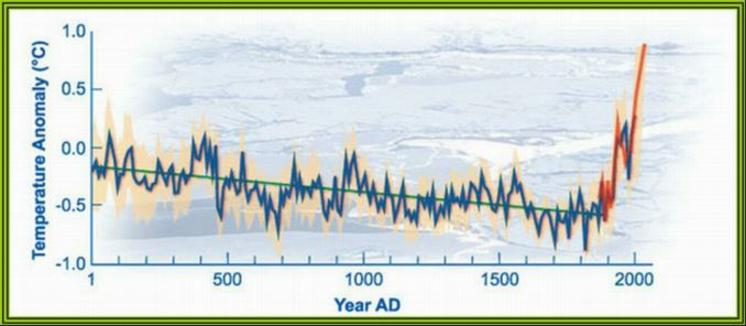Posted by Lyle from GM-Volt.com
Most of us want electric cars for all the benefits of getting away from petroleum. A burgeoning field likely to play a more prominent role in the future, however, is vehicle-to-grid or V2G.
The idea is to allow one’s plugged in electric car act as a repository for the electric grid, letting utilities borrow energy stored in a car’s battery in exchange for a fee.
Earlier this week a group of experts convened to discuss and plan for this at the American Association for Advancement of Science meeting in San Diego.
Spotlighted by MSNBC was a company called PJM Interconnections that coordinates the power grid for 13 states including Washington DC. Their job is to balance the load between supply and demand, a fragile interplay that could benefit from thousands of connected buffers supplied by electric car batteries.
PJM needs about 1% of the total grid peak demand available in the form of a buffer, which amounts to 1000 megawatts. ”We have 1,000 megawatts moving up and down,” said Ken Huber, a principle at the company.
Presently PJM pays battery providers $25 to $35 per megawatt hour to keep that buffer available. Once enough electric cars become connected to the grid, they could take over that role and become a revenue generator for owners. When the grid needs it, it could take a little out of the cars, and then put it back later when demands declines.
Electric cars have “a very, very high value to the grid,” Huber told MSNBC.
So how much are those cars worth?
A small study out of the University of Delaware using converted electric Scions (E-Boxes) having 17 kwh batteries plugged in an average of 21.5 hours per day yielded around $300 per month per driver.
The cost of these conversions and their very low volume don’t play a useful role on the grid today, but if the Obama pledge of 1 million plug-in cars by 2015 comes true, V2G ould easily become a very important value proposition for would be buyers.
Our friend Tony Posawatz, Volt vehicle line director, explained to MSNBC that GM is planning for this functionality in the next generation of Chevy Volts.“We’re going to make this asset (the battery) available to plug in all the time to collect the energy created by this green technology,” Posawatz told MSNBC.
Posawatz is also banking on the fact that Volt batteries will be used as grid buffers after they have served their 10 year vehicular lifetime. “We believe the battery will have a life outside the car,” he said.
The current high expenses of lithium-ion batteries to consumers still obviate their financial benefit, but in time as costs go down a threshold will be crossed.
Welcome to By 2100!
This Blog is designed to be a Diary of Events illustrating Global Climate Change, and where it will lead.
Commentary is encouraged, but this Blog is not intended for discussion on the Validity of Climate Change.
Category Labels
- Climate Events (85)
- Climate Solutions (45)
- Videos (42)
- Climate Statistics (39)
- The Deniers (34)
- Humour (15)
- Basic Information (5)
Subscribe to:
Post Comments (Atom)
www.know-the-number.com
Our Climate is Changing!Please download Flash Player.

No comments:
Post a Comment